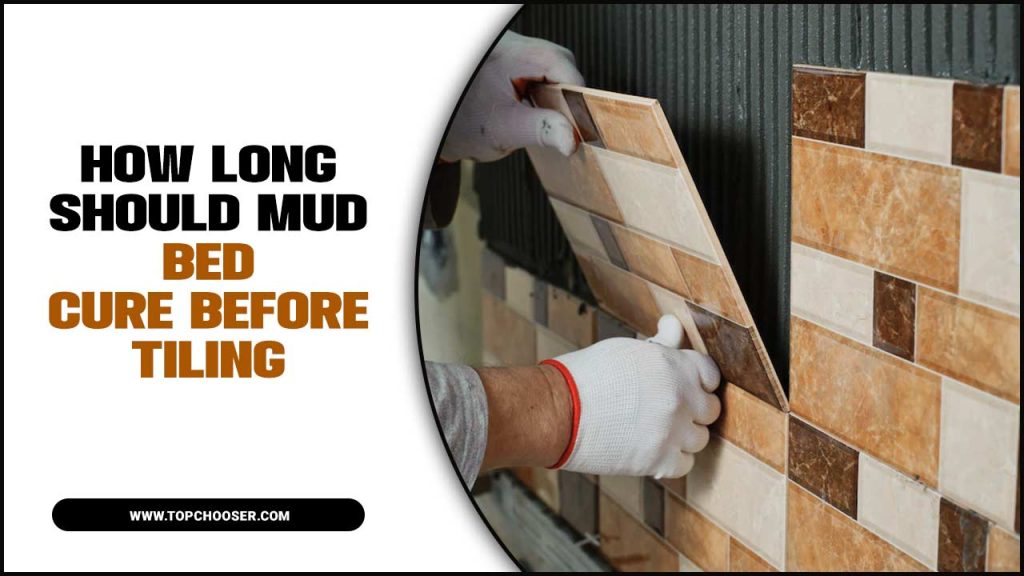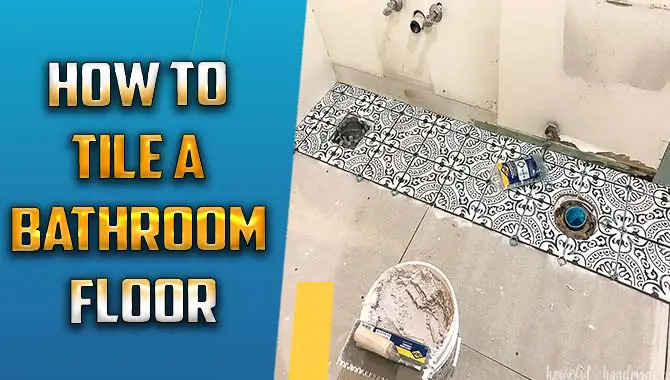Regarding installing tile, proper preparation is key to ensuring a successful and long-lasting result. This includes creating a solid and level base for the tiles to adhere to, which is often achieved through the use of a mud bed.
However, a common question among homeowners and contractors alike is how long should mud bed cure before tiling. This is an important consideration, as insufficient curing time can lead to cracked tiles, uneven surfaces, and a costly and time-consuming redo.
Here, we will explore the factors that affect the curing time of a mud bed and provide expert recommendations on how long it should be cured before tiling. You can ensure a smooth and successful tile installation project by understanding the importance of a properly cured mud bed. So, let’s dive in and discover the ideal timeline for curing a mud bed floor before tiling.
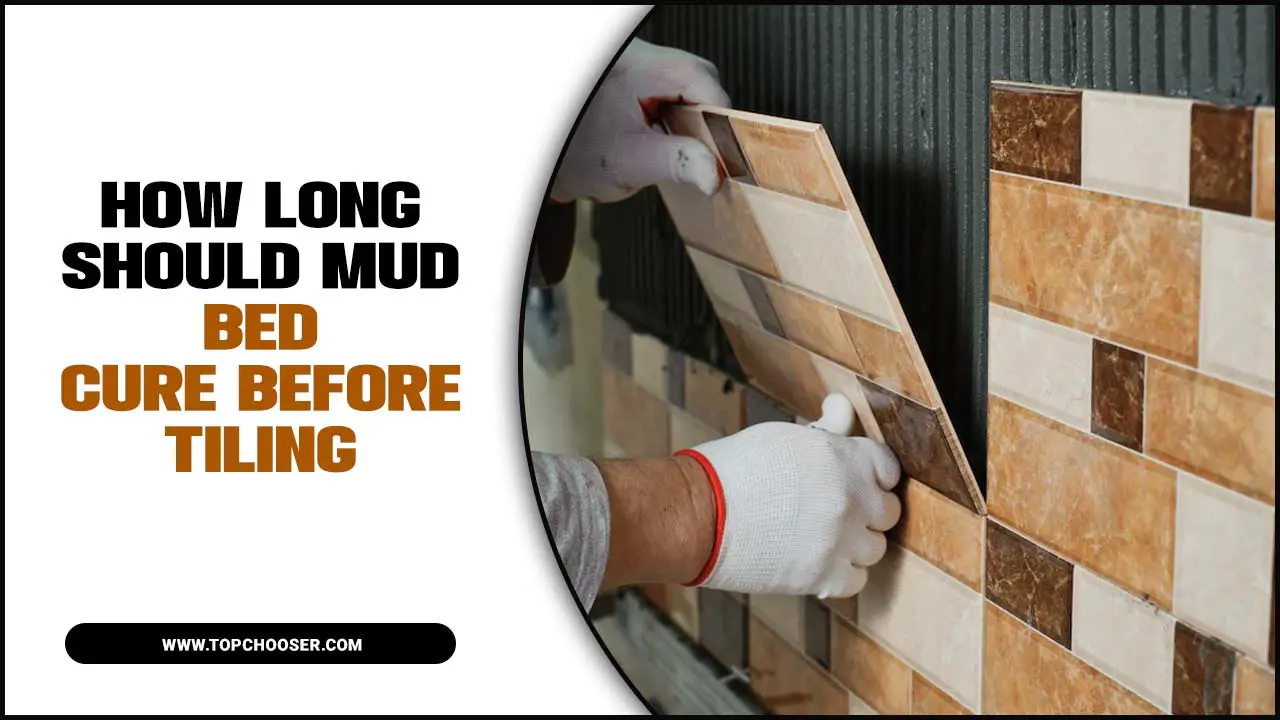
What Is Mud Bed Tiling?
Mud bed tiling is a traditional method handy for constructing and installing tile flooring. It involves creating a sturdy and level surface by applying a layer of mortar, commonly known as a mud bed, to a subfloor or concrete slab.
People have widely used this technique for decades due to its durability and ability to provide a solid foundation for floors for tile installations. The process of creating a mud bed begins with properly preparing the subfloor or concrete slab. It would be best if you addressed any imperfections or irregularities, as they can affect the level of the finished tile floor.
How Long Should Mud Bed Cure Before Tiling – You Should Know
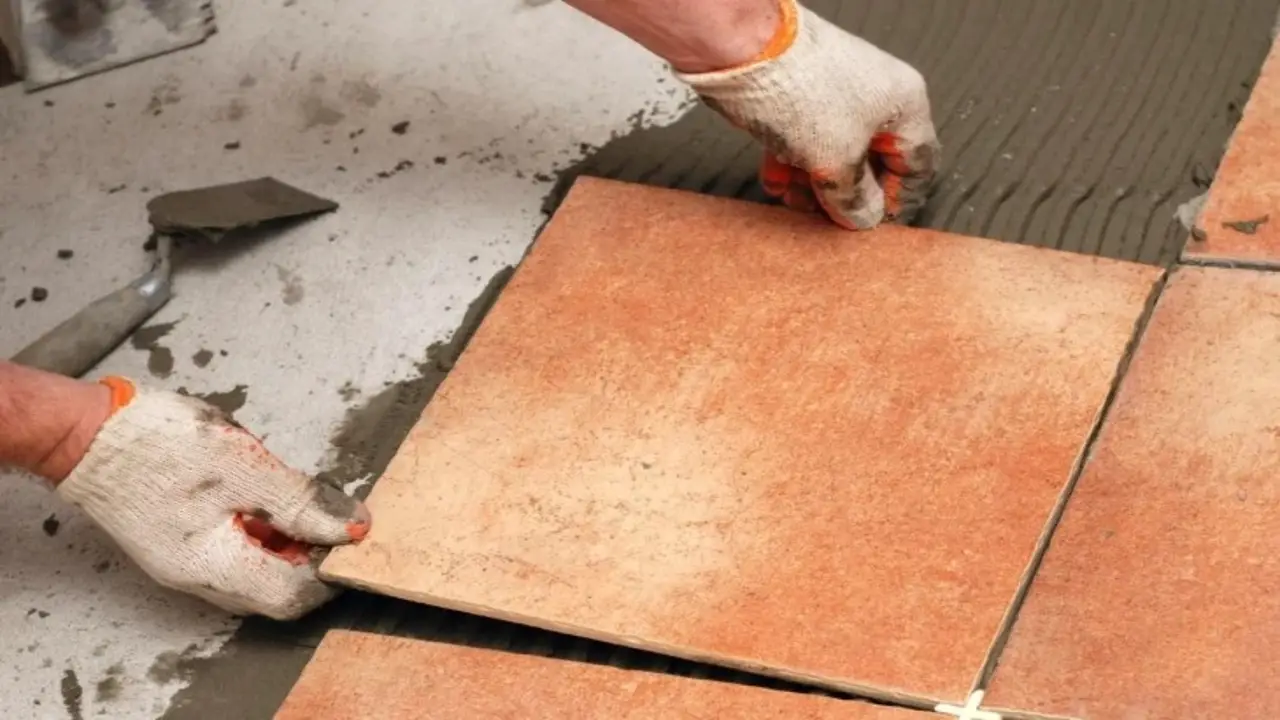
Regarding tiling over a mud bed, it is important to allow the mud bed to cure properly before proceeding with the tile installation. The curing time will depend on several factors, such as the type of levelling mortar used, whether it is a latex or non-latex mortar, and the specific requirements of your floor installation.
In general, experts recommend waiting at least 24-48 hours for the mud bed to cure before tiling. However, for larger or more complex floor installations, it may be necessary to wait longer. Ensure that the foundation for your foundation for bathroom floors or other areas is fully set and ready for tiling.
It is always best to consult with a professional or follow the manufacturer’s guidelines to determine the appropriate curing time for your specific field of tile. Below, we discuss in more in detail how long should mud bed cure before tiling.
Factors Affecting Cure Time
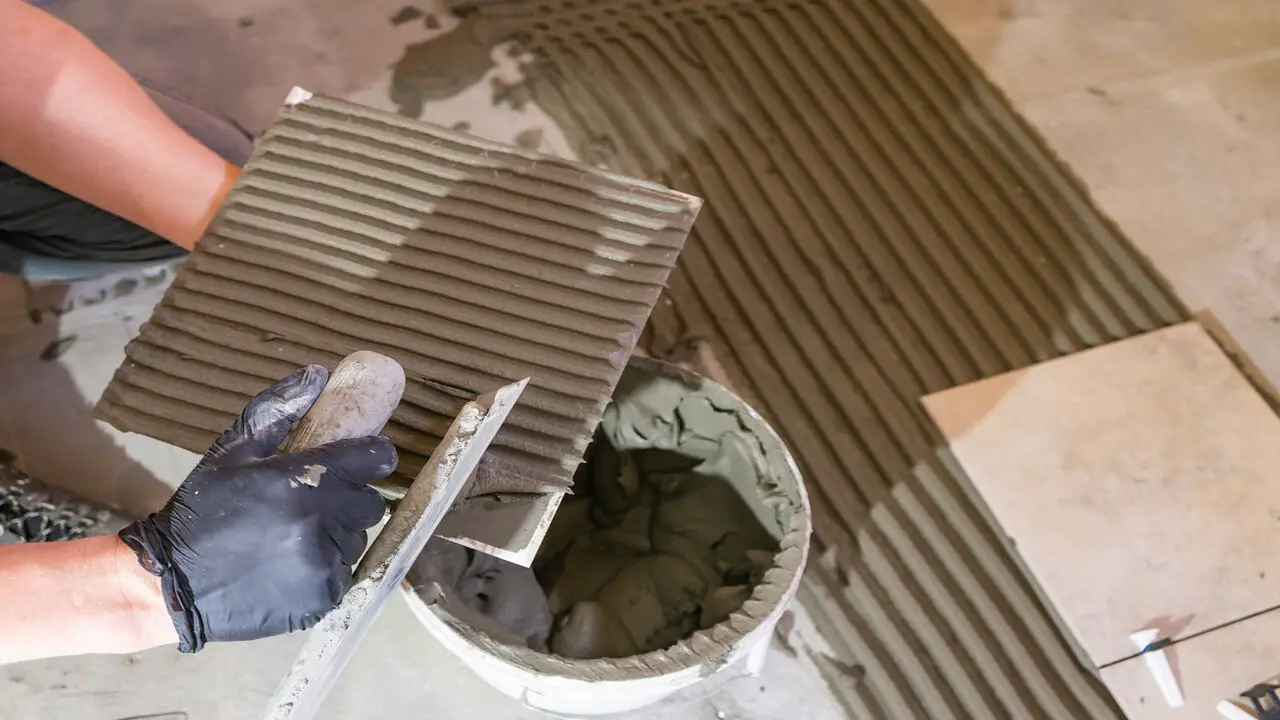
Understanding the factors that affect cure time is of utmost importance in various industries and applications. The cure time refers to the duration required for a substance or material to reach its full strength and functionality after undergoing a curing process. Knowing these factors is crucial for ensuring optimal product performance, maintaining quality control, and avoiding potential issues or failures. Here are the factors:
- Temperature: Higher temperatures generally lead to cure times faster, while lower temperatures can slow the curing process.
- Humidity: High humidity levels can prolong cure times, as moisture in the air can interfere with the curing process.
- Thickness: Thicker coatings or materials may require more time to cure than thinner ones fully.
- Type Of Curing Agent: Different curing agents or catalysts can affect the cure time.
- Mixing Ratio: Properly measuring and mixing curing agents and materials according to the recommended ratios can impact the cure time.
- Ventilation: Sufficient air circulation can help facilitate curing and reduce the cure time.
- Substrate Condition: The condition and cleanliness of the substrate can influence the cure time, as contaminants or moisture can interfere with the curing process.
- Ambient Conditions: Factors such as air pressure, atmospheric conditions, and exposure to sunlight can affect the cure time.
- Chemical Composition: The chemical composition of the cured material can also affect the cure.
How Much Drying Time Does Mud Bed Need?
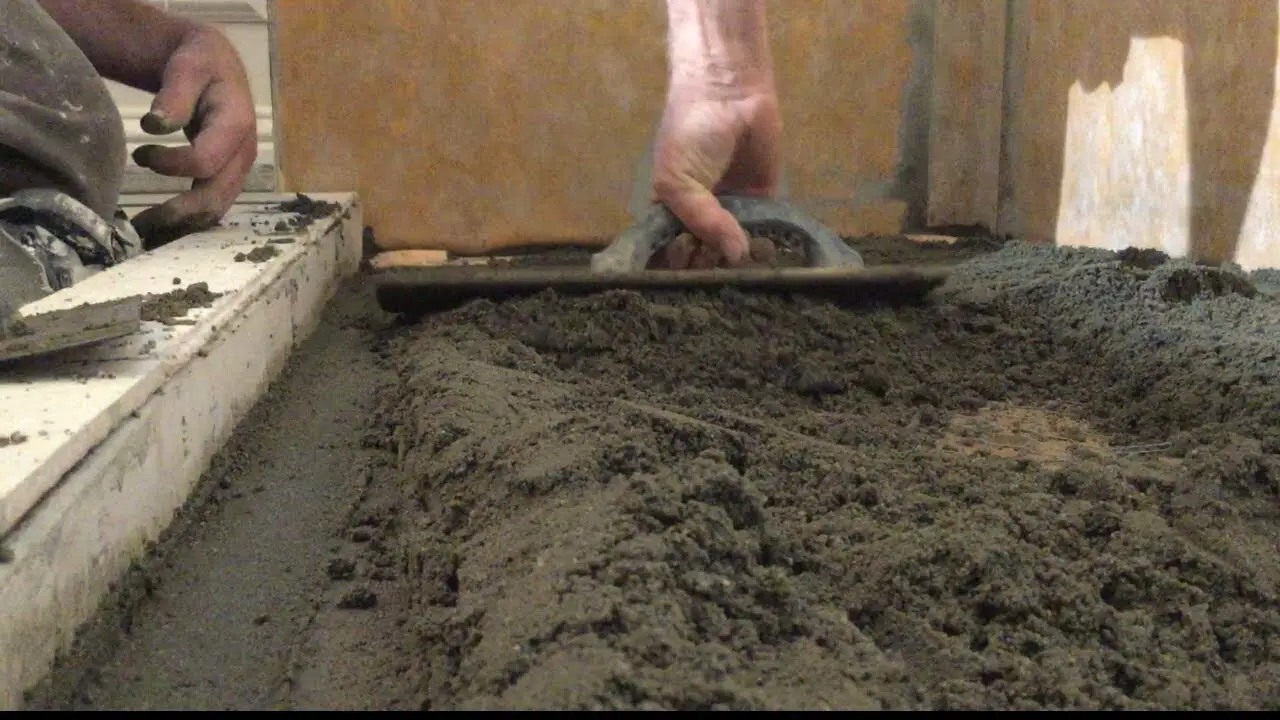
A mud bed creates a base material and a stable surface for the flooring material. However, one common question that arises is how much drying time a mud bed needs. The drying time of a mud bed largely depends on various factors, including the type of mud used.
The thickness of the bed and the ambient temperature and humidity levels. Generally speaking, a mud bed typically requires anywhere from 24 to 72 hours to dry completely. However, it is important to note that this is just a general guideline, and the drying time can vary.
How Does Mud Bed Tiling Work?
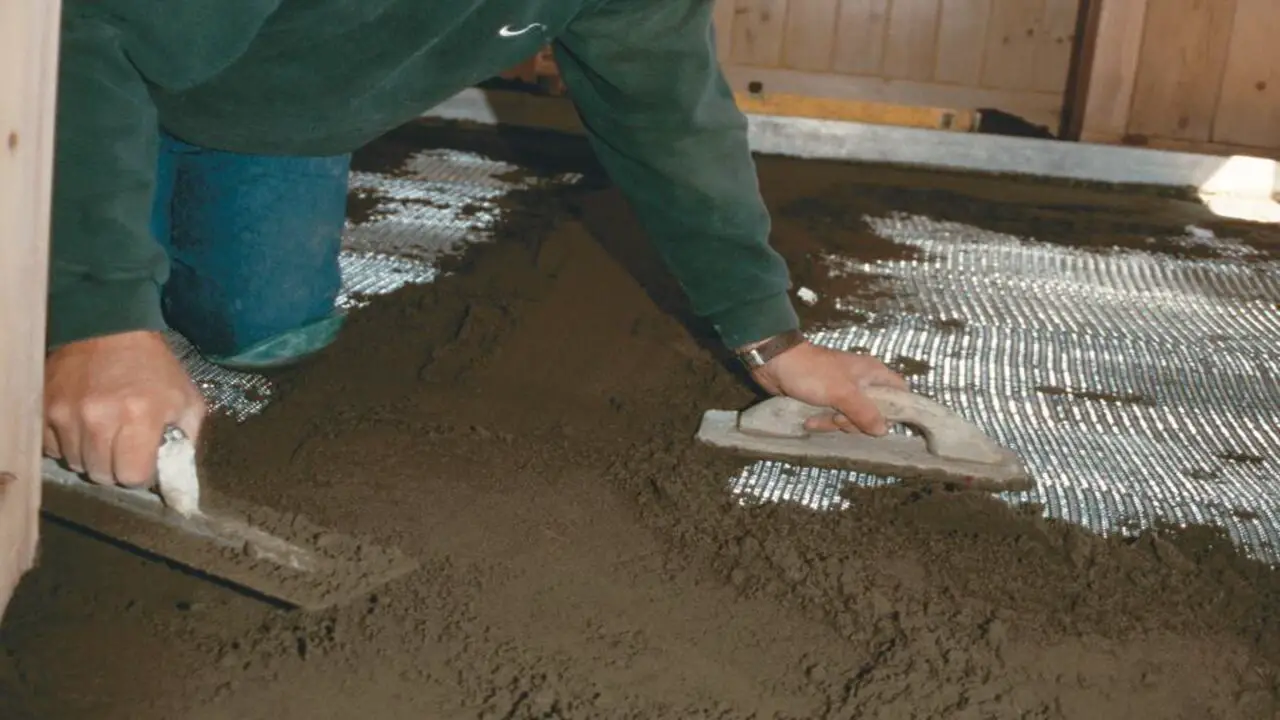
Mud bed tiling, also known as a mortar bed, is a traditional method of installing tile flooring. It involves creating a thick layer of mortar on the subfloor and then embedding the tiles into the mortar. This technique provides a strong and durable foundation for the tiles, ensuring they will not crack or shift over time.
The process begins by preparing the subfloor and applying a layer of floor waterproof membrane if necessary. Next, a mixture of sand, cement, and water creates the mortar. You then spread the mortar evenly across the wood subfloor using a trowel and gently press the tiles into place.
Once the mortar has cured, grout is applied to fill in the gaps between the tiles, completing the mud bed tiling process. This method is commonly handy in areas where stability and longevity are important, such as bathrooms and kitchens.
Speed Up Drying Concrete 1: Ventilated Environment
Regarding tiling over a mud bed, it is important to allow the concrete to cure properly before proceeding. The time it takes for the mud bed to cure can vary depending on factors such as temperature and humidity. In general, experts recommend waiting at least 24 hours before tiling over a mud bed. However, if you want to speed up the drying process, one method is to create a ventilated environment.
This can be done by using fans or opening windows and doors to increase air circulation. By allowing fresh air to flow over the mud bed, moisture will evaporate more quickly, helping the concrete to dry faster. It is important to note that even with proper ventilation. It is still crucial to ensure that the mud bed is fully cured before proceeding with tiling to avoid any potential issues down the line.
Speed Up Drying Concrete 2: Temperature And Humidity
Temperature and humidity are important factors to consider. In general, there are higher temperatures and lower humidity levels. It can speed up the drying process, allowing the mud bed to cure more quickly. On the other hand, colder temperatures and higher humidity can slow down the curing time.
It’s important to create an optimal environment for the mud bed to dry properly by controlling the temperature and humidity levels in the area. You can do this by using heaters or dehumidifiers if necessary. Additionally, it’s recommended to follow manufacturer guidelines and consult with a professional to ensure that you allow enough time for the mud bed to fully cure before proceeding with tiling.
What’s The Difference Between Drying And Curing?
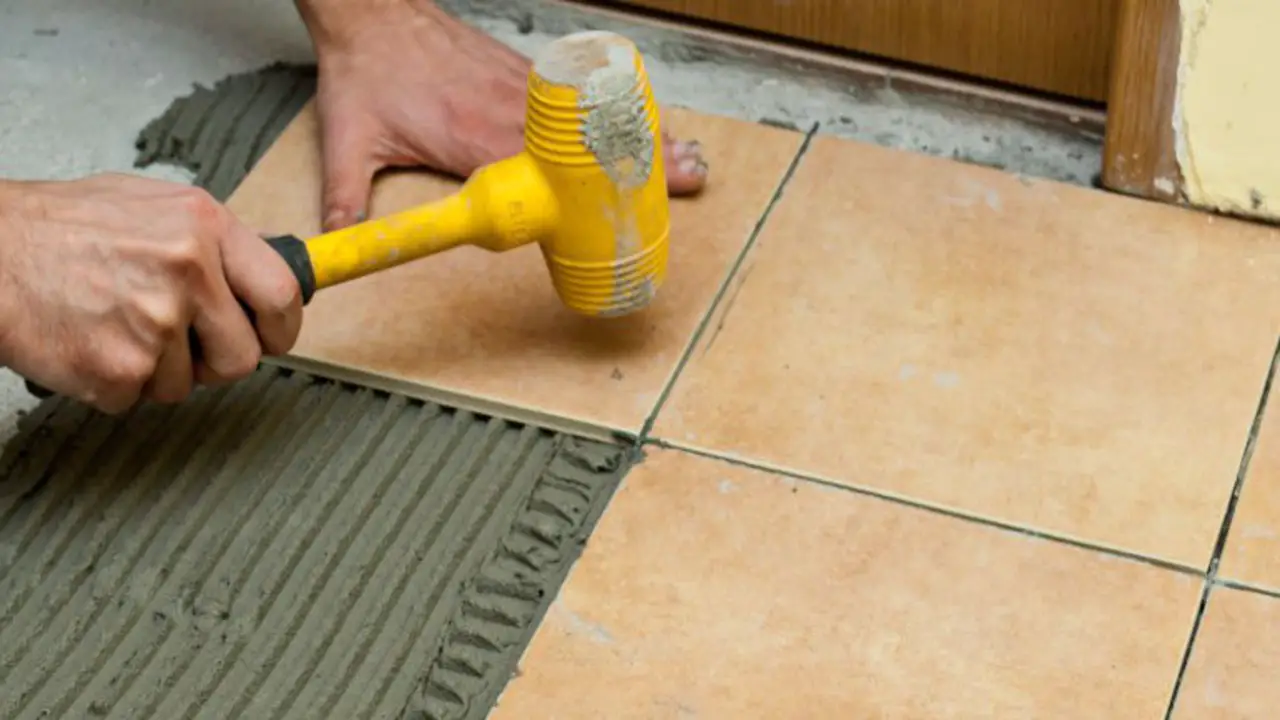
Understanding the difference between drying and curing is crucial in various industries, particularly manufacturing and construction. People often use the terms drying and curing interchangeably, but they have distinct meanings and processes. Drying refers to removing moisture or solvents from a material, while curing involves a chemical reaction that transforms the material into a more stable and durable state.
- Drying refers to the process of removing moisture from a substance, such as food, paint, or concrete basement floor, to reduce its water content.
- Curing, conversely, is a chemical process that occurs after drying, where the substance undergoes a series of chemical reactions to achieve its desired properties.
- Drying is primarily focused on removing the floor for water, while curing involves the development of strength, hardness, or other specific characteristics in the material.
- Drying is often a physical process, relying on evaporation or air circulation, while curing involves chemical reactions that can be triggered by heat, light, moisture, or other factors.
- Drying is typically a shorter process that aims to remove surface moisture while curing can take longer to develop the desired properties of the substance fully.
- Drying is commonly handy in everyday contexts like laundry or food preservation, while curing is more commonly associated with industrial processes, such as curing concrete floors or coatings.
When Is The Best Time To Install Tile?
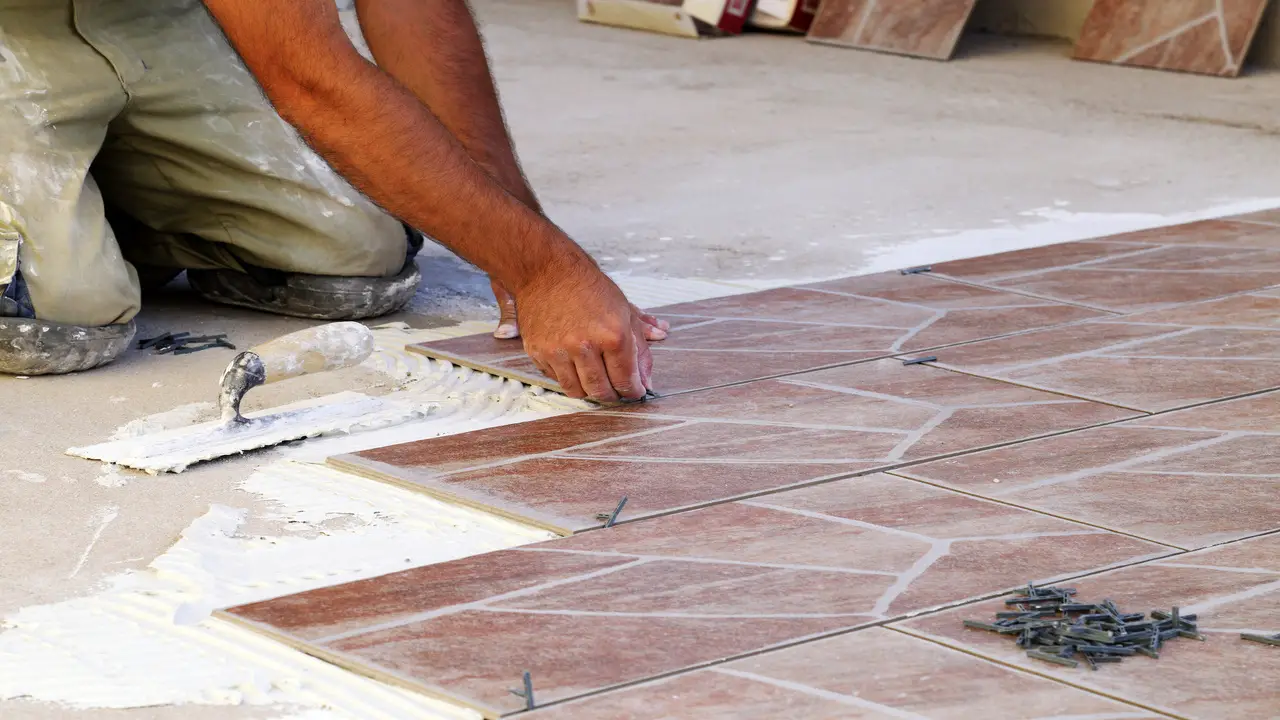
We must consider several factors when determining the best tile installation time. One crucial factor is the weather conditions during the installation process. Ideally, tile installation should take place with an effective method when the weather is mild and consistent. Extreme temperatures and humidity levels, such as excessive heat or cold. It can affect the adhesive and mortar used for tile installation, leading to improper bonding and potential cracks.
Therefore, it is advisable to avoid installing tile during periods of extreme weather conditions. Another important factor to consider is the humidity level in the environment. High humidity can cause moisture-related issues, such as mould growth or warping of the tile. We recommend installing tile when the humidity levels are low and stable to ensure optimal results.
How Thick Should I Install Mud Bed?
The question of how thick your installed mud bed should be requires careful consideration. The standard thickness for a mud bed is typically around 1 ½ to 2 inches. However, it is important to note that the thickness may vary depending on the specific requirements of your project.
It is worth noting that the thickness of the mud bed will also impact the drying time. Thicker mud beds take longer to dry. So, it is important to allow sufficient time for the mud bed to cure before installing the tile or stone.
Different Types Of Tiles
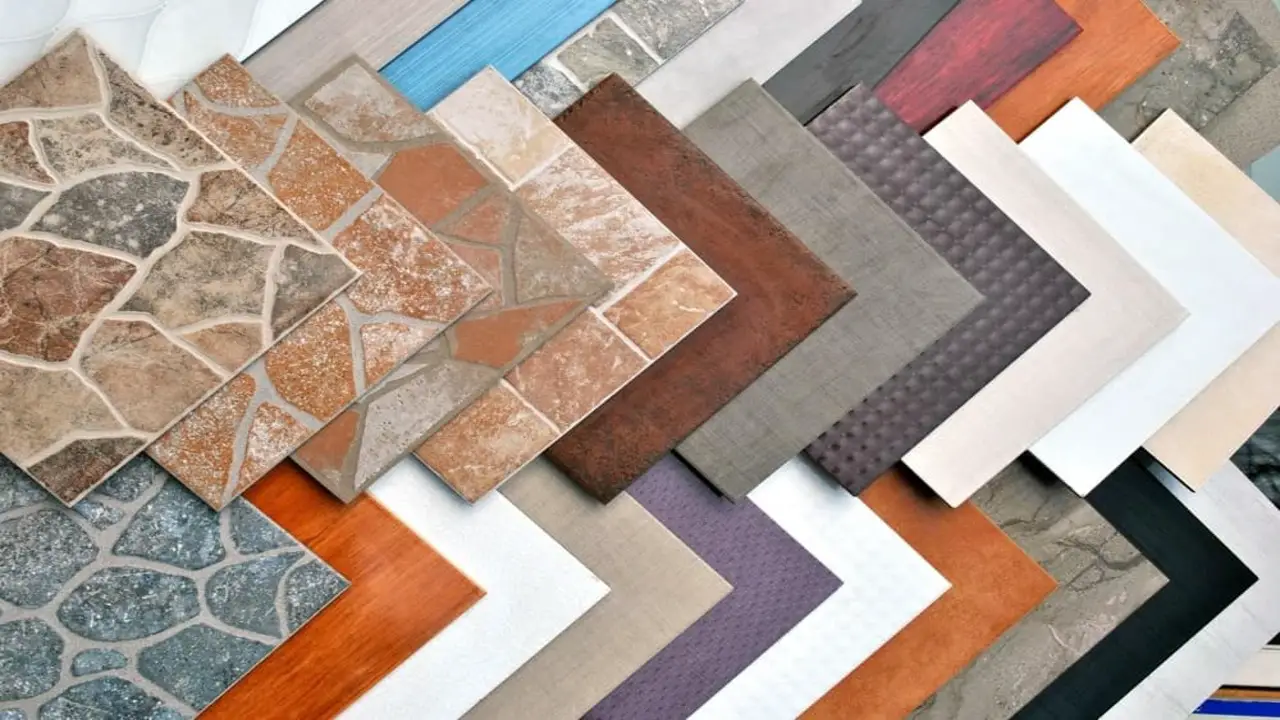
Understanding the different types of tiles is of utmost importance for making informed decisions about flooring and wall coverings. With a wide variety of options available in the market, knowing the various types of tiles allows individuals to choose the most suitable option for their specific needs and requirements.
Each type of tile has its own unique characteristics and properties, which determine its ability to withstand wear and tear, moisture, and other environmental factors.
- Ceramic Tiles: Ceramic tiles are the most common type of tiles, known for their durability and versatility. They come in various colours, sizes, and textures.
- Porcelain Tiles: Similar to ceramic tiles, porcelain tiles are denser and less porous. They are highly resistant to stains and scratches, making them suitable for high-traffic areas.
- Natural Stone Tiles: These tiles come from natural materials such as marble, granite, travertine, or slate. They offer a unique and luxurious look but require regular sealing and maintenance.
- Glass Tiles: Glass tiles are popular for their reflective properties and ability to create a modern and vibrant look. They are commonly handy as backsplashes or accent pieces.
- Mosaic Tiles: Mosaic tiles are small, individual pieces that come from glass, ceramic, or natural stone. They are often handy for creating intricate patterns or designs.
- Vinyl Tiles: Vinyl tiles are affordable, durable, and easy to install.
Composition Of A Mud Bed And Its Characteristics
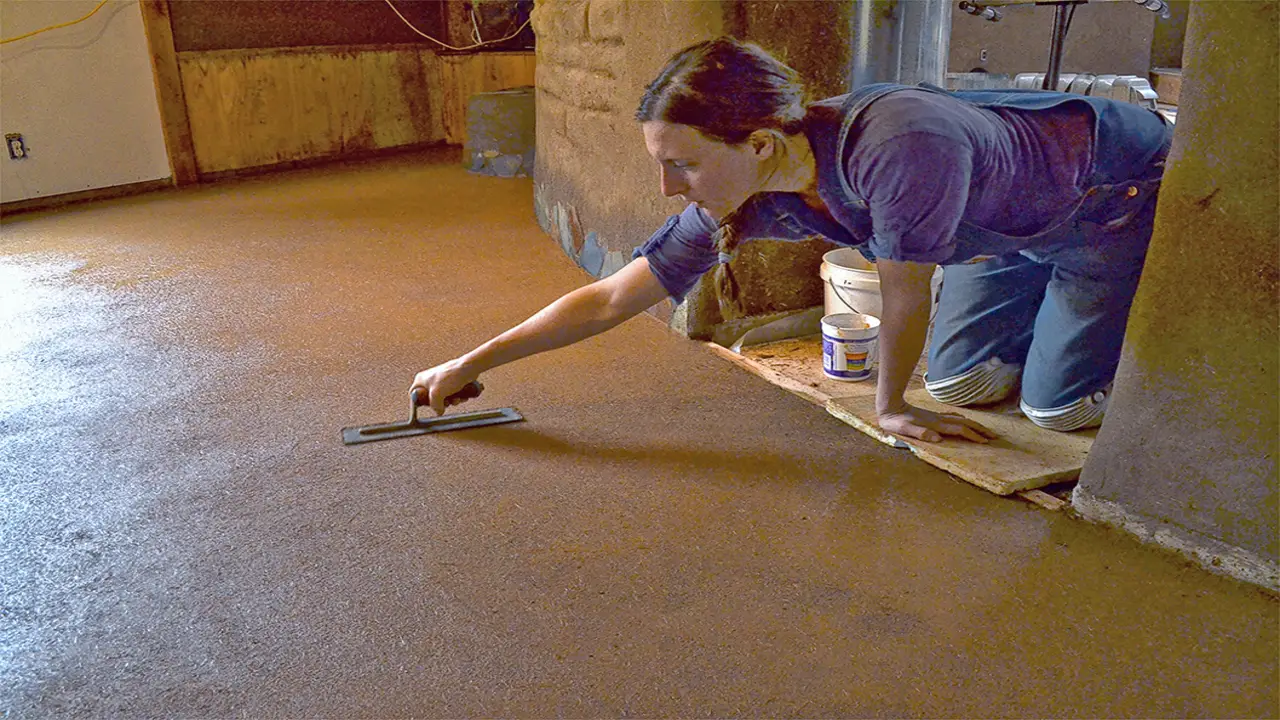
Understanding the composition of a mud bed and its characteristics is of utmost importance in various industries and applications. A mud bed is a mixture of water, soil, or other materials that forms a semi-solid consistency. This composition varies depending on the specific requirements and objectives of the project.
- A mud bed, a mortar bed, or a thick bed installation is commonly handy in tile installations to provide a stable and level surface for the tiles.
- It is typically composed of a mixture of cement, sand, and water, with certain additives depending on the project’s specific requirements.
- The ratio of cement to sand can vary. But a commonly used mixture is 1 part cement to 4 parts sand by volume.
- Water is added to the mixture to achieve the desired consistency, which should be workable but not overly wet.
- The mud bed is typically applied at a thickness of around 1 to 2 inches, depending on the specific application and the installed tile.
- One of the key characteristics of a mud bed is its ability to provide a solid and stable base for the tiles. Ensuring that they do not crack or move over time.
- The mud bed also helps to absorb any slight irregularities or imperfections in the concrete shower floor.
Type Of Drain Tiling
- Drain Hole
- drain flange
- upper drain plate
- Coat Drain
- Coat Lower Drain
- drain base
- drain kit
- drain with beads
Conclusion
The curing time for a mud bed before tiling is crucial to ensure a strong and lasting tile installation. While it may be tempting to rush through this process, it is important to follow the recommended curing time for your specific type of mud bed to avoid potential problems in the future.
By allowing the mud bed to cure properly, you are setting a strong foundation for your tile that will withstand the test of time. As professionals, we are responsible for prioritizing the quality and longevity of our work, and properly curing the mud bed is an essential step in achieving this goal.
So be patient, follow the recommended curing time, and you will have a successful and durable tile installation. If you read the above outline properly, we hope you now understand how long should mud bed cure before tiling.
Frequently Asked Questions
How Long Does The Mortar Bed Need To Dry?
The drying time for a mortar bed can vary depending on several factors, such as the type of mortar used, humidity levels, and temperature. It is recommended to allow the mortar bed to dry for at least 24-48 hours before applying any further layers or load-bearing elements.
What Is The Minimum Curing Time For Plastering?
The minimum curing time for plastering typically ranges from 24 to 48 hours. Depending on the type of plaster used and the environmental conditions. It is important to note the proper curing and drying of plaster.
What Speeds Up The Curing Of Mortar?
Adding accelerators, such as calcium chloride or other chemical additives, can speed up mortar curing. These accelerators increase the cement’s hydration rate, leading to faster strength development and faster setting times.
How Long Should Mortar Cure Before Sealing?
Mortar should typically cure for at least 28 days before sealing. However, the specific curing time can vary depending on factors such as the type of mortar used and the weather conditions.
What Is The Minimum Thickness For The Dry Pack?
The minimum thickness for the dry pack is typically around 1 inch. However, it is important to note that the specific requirements may vary depending on the project and application.

I am passionate about home engineering. I specialize in designing, installing, and maintaining heating, ventilation, and air conditioning systems. My goal is to help people stay comfortable in their homes all year long.
